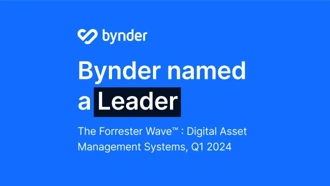What is a content review?
A content review is the quality assurance process each piece of content should go through before publishing (and periodically thereafter).
It can involve everything from checking for audience alignment and ensuring a consistent brand voice, to proofreading — and beyond.
Who should be involved in the content review process?
Many larger organizations will have editors dedicated to giving feedback on content, whilst others (mainly in small teams with tighter budgets) might need to decide who’ll give feedback on the content each time.
When it's not clear who should provide feedback on draft content, sometimes multiple reviewers become involved; which only goes towards confusing the writer and incurring more of their time in unpicking multiple sets of different comments and suggested edits.
This is where a proper content review process comes in.
How do you create a good content review process?
A content review process helps you to ensure that there's brand consistency across content while saving your team members time and promoting their growth as writers.
What's more, the content review process helps you organize all the performance feedback and keeps your end goals and targets in the foreground.
To create a solid content review process that’s efficient and effective, you’ll need to build the following steps into your process:
- Kick-off call - Meet with your team either online or face-to-face to discuss the specifics of the project.
- Content brief - Create a detailed content brief that outlines all expectations and requirements.
- Content creation - Team members will go ahead and draft the content.
- Review and feedback - The editor will review the content and offer constructive comments and suggestions.
- Final approval - The main stakeholder will review the content and approve it so it can be made ready for publishing.
As you set up and document your team’s content review process, keep in mind any management tools you might use to make sure the process goes as smoothly as possible.






